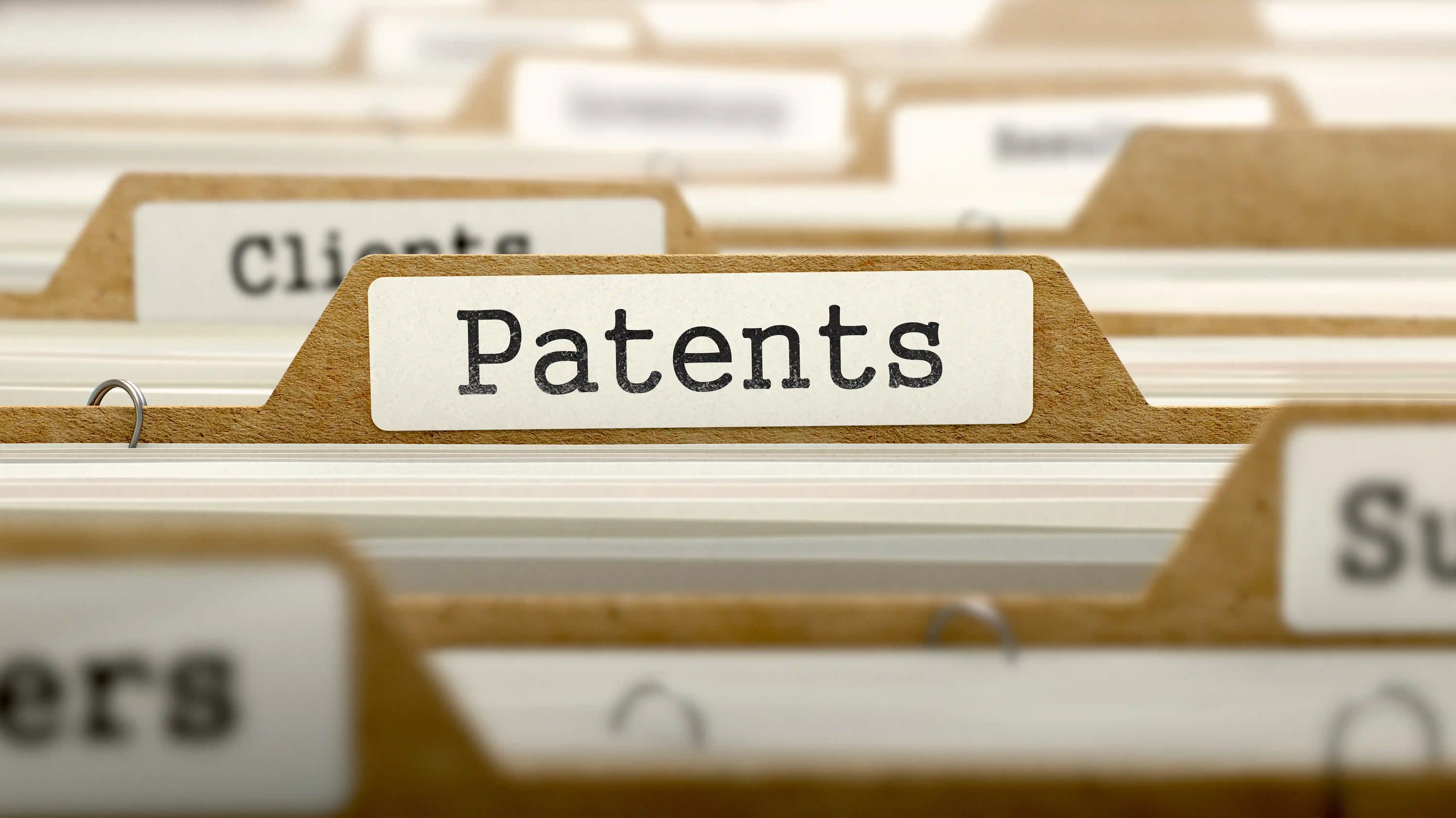In Today’s technology-driven sector, Patents are beginning to play an increasingly important role. Patenting activities are seen to be directly related to an organization’s inventive strength.

Our team of highly qualified patent attorneys collaborates closely with clients to develop and implement appropriate international filing strategies based on the client’s needs. Our experience handling hundreds of patent applications, as well as our keen eye for detail, international reach, and cutting-edge patent tools, enable us to provide high-quality international patent filing services all over the world. We assist our clients in maximizing the business benefit of their patent filings by strategizing filings, optimizing budgets, planning international entry, and expediting processes. We provide patent protection in several countries. Primarily we offer USA, EU, and PCT
Contact our IP Experts